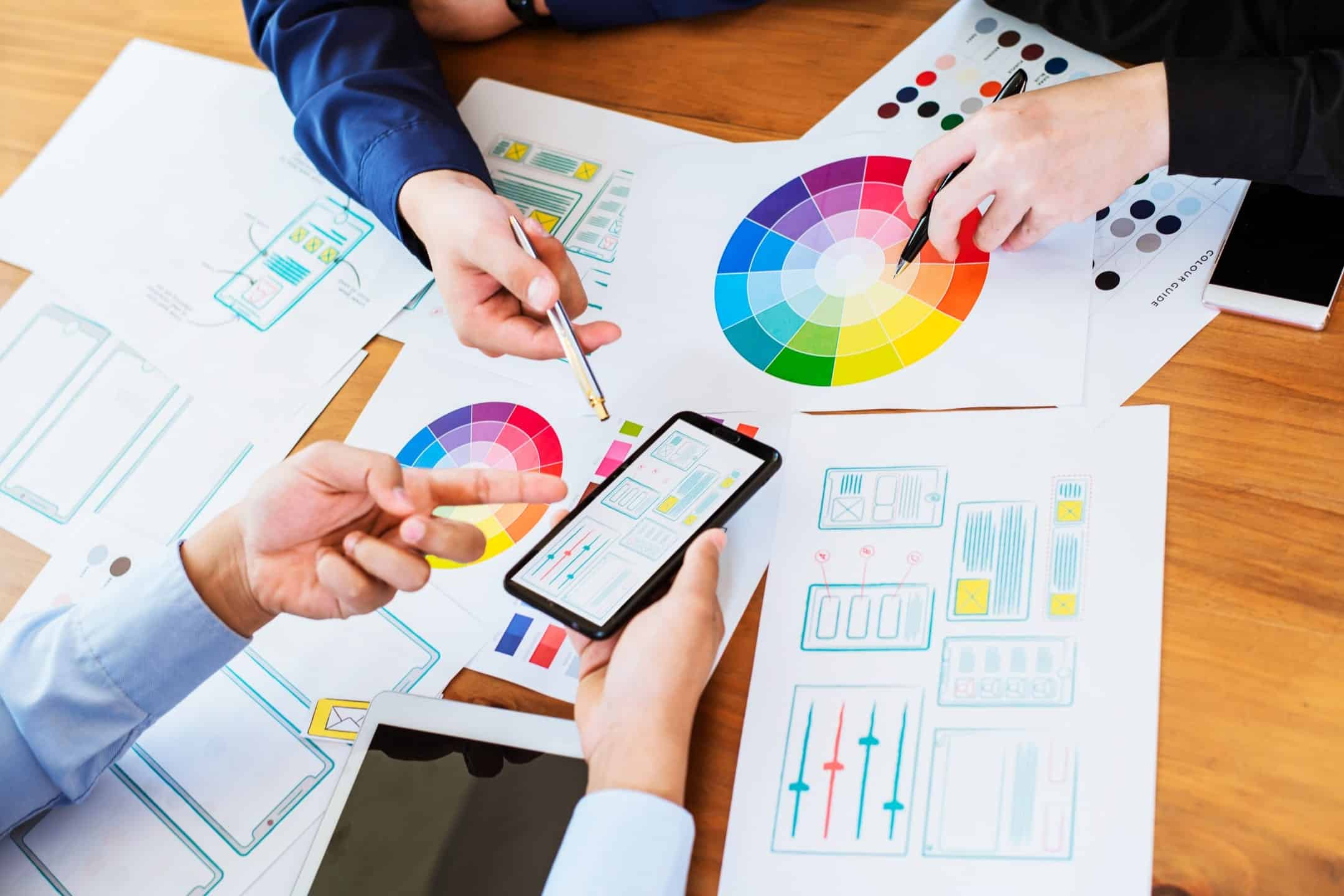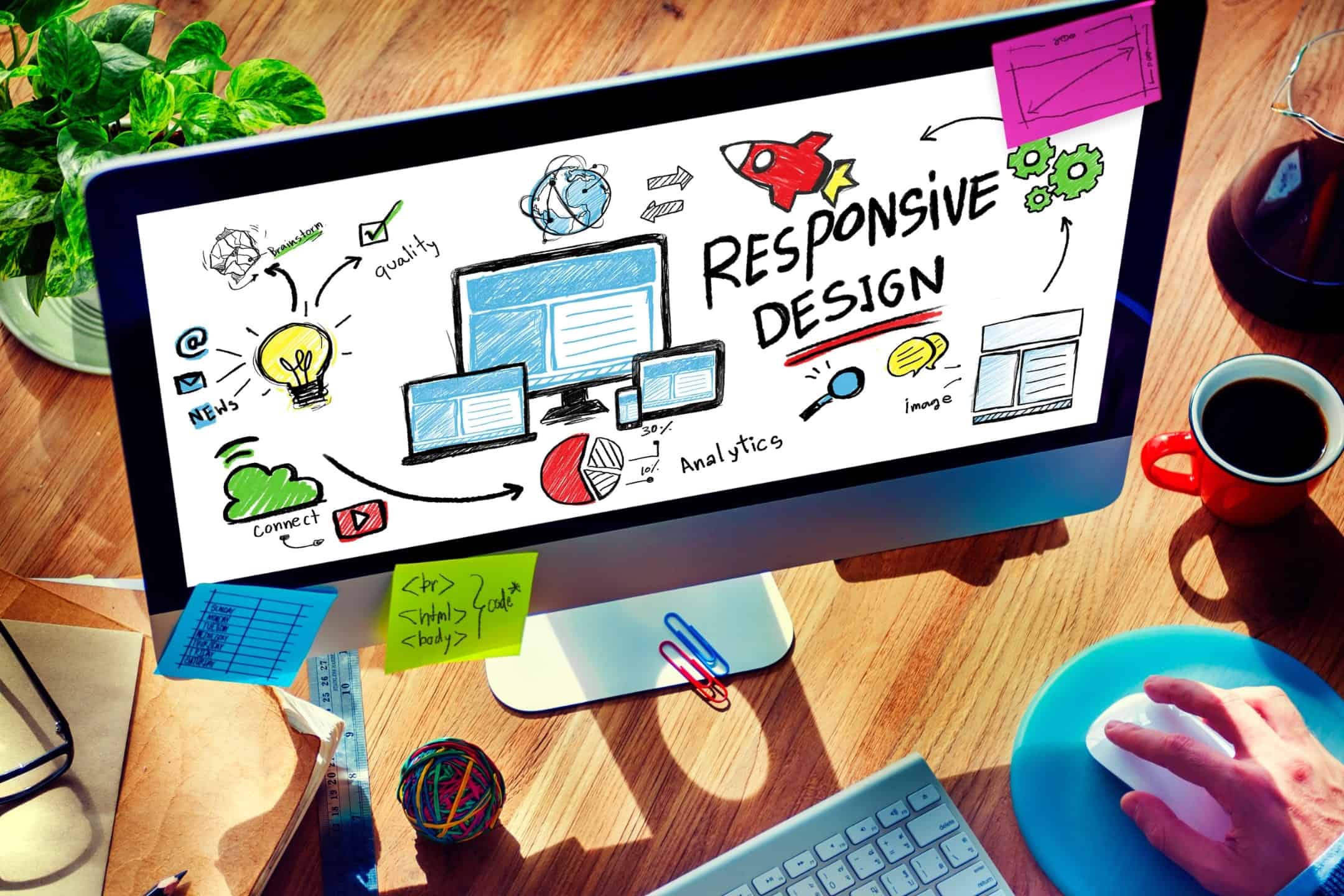Introduction
In today’s fast-paced digital world, technology has woven itself into nearly every aspect of our daily lives. From smartphones and smart homes to wearable tech and virtual reality, technological advancements continue to redefine how we interact with our environment and each other. However, the increasing role of technology also highlights the critical need for these innovations to be accessible to everyone, including those with disabilities. This article explores how accessible technology can significantly enhance user experience for all, emphasizing the importance of inclusivity in tech development.
The Importance of Accessible Technology
Accessibility in technology refers to designing and developing tech products and services that can be used by people with a wide range of abilities and disabilities. This includes making websites navigable for screen readers, ensuring mobile apps are usable by individuals with motor impairments, and creating interfaces that are intuitive for everyone. Accessible technology is not just a necessity for people with disabilities; it benefits all users by promoting a universal design approach that enhances usability and convenience.
For instance, features like voice-activated controls, customizable display settings, and text-to-speech functions originally designed for accessibility can be advantageous for users without disabilities, providing hands-free options and improved user interfaces. By focusing on accessibility, tech developers can create more versatile and user-friendly products, leading to better user experiences across the board.

Key Areas Where Accessibility is Transforming User Experience
Smartphones and Mobile Apps
Smartphones have become essential tools for communication, navigation, and entertainment. Accessibility features such as voice-over, text-to-speech, and customizable display settings have significantly enhanced usability for a diverse range of users. For example, Apple’s VoiceOver screen reader allows visually impaired users to interact with their iPhones using gestures and auditory feedback. Similarly, Android’s TalkBack provides spoken, audible, and vibration feedback to aid users with visual impairments.
Case studies of successful accessible mobile app designs include Microsoft’s Seeing AI, which uses AI to narrate the world around visually impaired users, and the Be My Eyes app, which connects blind individuals with sighted volunteers for visual assistance via live video calls. These apps demonstrate how thoughtful design can bridge the accessibility gap and provide invaluable support to users with disabilities.
One exemplary case is the BBC’s mobile app, which integrates a variety of accessibility features such as adjustable font sizes, color contrast options, and voice navigation. This inclusive approach not only makes the app usable for people with disabilities but also improves the overall user experience for everyone, proving that accessibility can drive innovation and engagement.
Moreover, applications like Proloquo2Go have revolutionized communication for individuals with speech impairments. This augmentative and alternative communication (AAC) app allows users to express themselves using symbols and text-to-speech technology, significantly enhancing their ability to interact with others and participate in daily activities.
Home Automation and IoT
Smart home technologies are increasingly incorporating accessibility features, making everyday tasks easier for everyone, particularly those with disabilities. Voice-activated controls, such as Amazon’s Alexa and Google Assistant, allow users to control lights, thermostats, and security systems hands-free. Automated systems can perform routine tasks, enhancing independence for individuals with mobility or sensory impairments.
The Internet of Things (IoT) is also playing a crucial role in accessibility. For example, smart doorbells with video capabilities allow users with hearing impairments to see who is at the door, while smart refrigerators can help those with memory impairments keep track of their groceries. These innovations are transforming homes into more inclusive spaces, enabling people to live more independently and comfortably.
For instance, smart home devices like Nest Thermostat offer programmable settings that can be controlled remotely via a smartphone, which is particularly beneficial for individuals with mobility issues. These devices can learn the user’s schedule and adjust the home environment accordingly, ensuring comfort and energy efficiency.
Moreover, smart home systems like Philips Hue lighting offer customizable lighting options that can be adjusted for brightness, color, and timing. These features can be particularly helpful for individuals with visual impairments or sensitivity to certain lighting conditions, providing a more adaptable and comfortable living environment.
IoT devices such as smart medication dispensers are also making a significant impact. These devices can remind users to take their medication and even dispense the correct dosage, ensuring that individuals with memory impairments or cognitive disabilities can manage their health more effectively.
Wearable Technology
Wearable technology, such as smartwatches and fitness trackers, is promoting health and wellness, especially for individuals with chronic conditions or disabilities. Devices like the Apple Watch and Fitbit not only track fitness metrics but also monitor heart rates, detect falls, and send alerts in emergencies, providing critical support for users with health concerns.
Innovations in wearable tech are catering to diverse user needs. For instance, OrCam’s wearable device helps visually impaired individuals by reading text, recognizing faces, and identifying products. Similarly, hearing aids with Bluetooth connectivity can stream audio directly from smartphones, televisions, and other devices, enhancing auditory experiences for users with hearing impairments. These advancements highlight how wearable technology can improve quality of life and facilitate greater independence.
Wearable technology also extends to devices like smart glasses, which can overlay digital information onto the physical world. For example, Google Glass, though initially not marketed for accessibility, has found applications in assisting people with autism by providing real-time social cues and feedback during interactions.
Fitness trackers such as the Garmin Vivosmart offer vibration alerts and on-screen notifications that can be customized for users with hearing impairments, ensuring they receive important health and activity updates in a way that suits their needs.
Moreover, innovations like smart clothing embedded with sensors are being developed to monitor vital signs and provide haptic feedback, offering new possibilities for health monitoring and assistance in physical rehabilitation.
Gaming and Virtual Reality
The gaming industry is making significant strides in accessibility, with adaptive controllers and customizable gameplay settings becoming more prevalent. Microsoft’s Xbox Adaptive Controller is a notable example, designed to meet the needs of gamers with limited mobility. This controller allows users to create a customized gaming setup, making it easier for people with disabilities to enjoy video games.
Virtual reality (VR) is also evolving to be more inclusive. VR platforms are incorporating features like adjustable text sizes, closed captions, and voice commands to make experiences accessible to a wider audience. Accessible gaming and VR not only provide entertainment but also promote social inclusion and mental health by allowing users to engage in immersive experiences and connect with others in meaningful ways.
The PlayStation 5’s new accessibility features, such as customizable controller settings and screen reader support, further demonstrate the industry’s commitment to inclusivity. These features allow players with various disabilities to tailor their gaming experiences to their preferences and abilities.
Moreover, VR applications are being used for therapeutic purposes, such as helping individuals with autism develop social skills in a controlled, virtual environment. Programs like VR Therapy use immersive experiences to assist users in overcoming phobias, managing anxiety, and improving cognitive function, showcasing the potential of VR beyond entertainment.
Games like “The Last of Us Part II” have set new standards for accessibility in gaming by incorporating a wide range of options, including text-to-speech, high-contrast mode, and customizable controls, ensuring that a broader audience can enjoy the game.

Challenges in Enhancing Accessibility in Technology
Despite the progress, several barriers to accessibility in technology development remain. Lack of awareness and understanding of accessibility needs among developers can lead to the exclusion of essential features. Economic constraints may limit the resources available for integrating accessibility from the outset. Technical challenges, such as ensuring compatibility across various devices and platforms, can also hinder the development of accessible tech solutions.
Overcoming these obstacles requires a multifaceted approach. Increasing awareness and education about accessibility among developers, securing funding and resources for inclusive design, and adopting universal design principles can help create more inclusive technology. Collaboration with accessibility experts and users with disabilities during the development process can also provide valuable insights and ensure that products meet diverse needs.
For instance, companies can invest in training programs to educate their developers on accessibility standards and best practices. Additionally, involving users with disabilities in the testing phase can help identify and address accessibility issues early in the development process, ensuring a more inclusive final product.
Economic constraints can be mitigated by seeking funding from grants and organizations dedicated to promoting accessibility. Governments and non-profits often offer financial support for projects that aim to improve accessibility, providing developers with the resources needed to implement inclusive design features.
Technical challenges can be addressed through collaboration and innovation. By adopting a universal design approach and leveraging advancements in AI and machine learning, developers can create adaptive technologies that cater to a wide range of abilities and preferences.
Future Trends in Accessible Technology
The future of technology accessibility is promising, with emerging technologies poised to transform user experiences further. Artificial intelligence (AI) and machine learning are expected to play a significant role in automating and enhancing accessibility features. For instance, AI-driven tools can provide real-time captioning and translation services, making communication more accessible.
Advanced algorithms can adapt interfaces dynamically based on user preferences and abilities, creating personalized experiences that cater to individual needs. Innovations like brain-computer interfaces (BCIs) may also open new possibilities for users with severe mobility impairments, allowing them to control devices directly with their thoughts. As technology continues to evolve, the potential for creating more inclusive and accessible user experiences will only grow.
For example, AI-powered personal assistants can learn from user interactions to offer more intuitive and responsive support, such as predicting user needs and adjusting settings automatically. Machine learning algorithms can analyze user behavior and preferences to suggest personalized accessibility settings, making technology more user-friendly for everyone.
Emerging technologies like (AR) have the potential to further enhance accessibility. AR applications can overlay digital information onto the physical world, providing real-time assistance for navigation, object recognition, and communication. These innovations can significantly improve the independence and quality of life for individuals with disabilities.
Moreover, the development of 5G networks promises faster and more reliable internet connections, enabling more seamless and responsive accessibility features. This can enhance the performance of assistive technologies and enable more advanced applications, such as remote healthcare services and real-time language translation.
Conclusion
Making everyday technology more accessible has the transformative potential to enhance user experiences for everyone. By prioritizing accessibility, tech developers, designers, and policymakers can ensure that technology truly serves all users, regardless of their abilities. As we continue to advance in our digital age, it is crucial to embrace inclusive design and strive towards a future where technology enhances the user experience for everyone. Through continued innovation, collaboration, and a commitment to accessibility, we can create a more inclusive digital world. Let’s work together to make technology accessible for all, driving forward a more connected and equitable society. Please contact us today to learn more!



